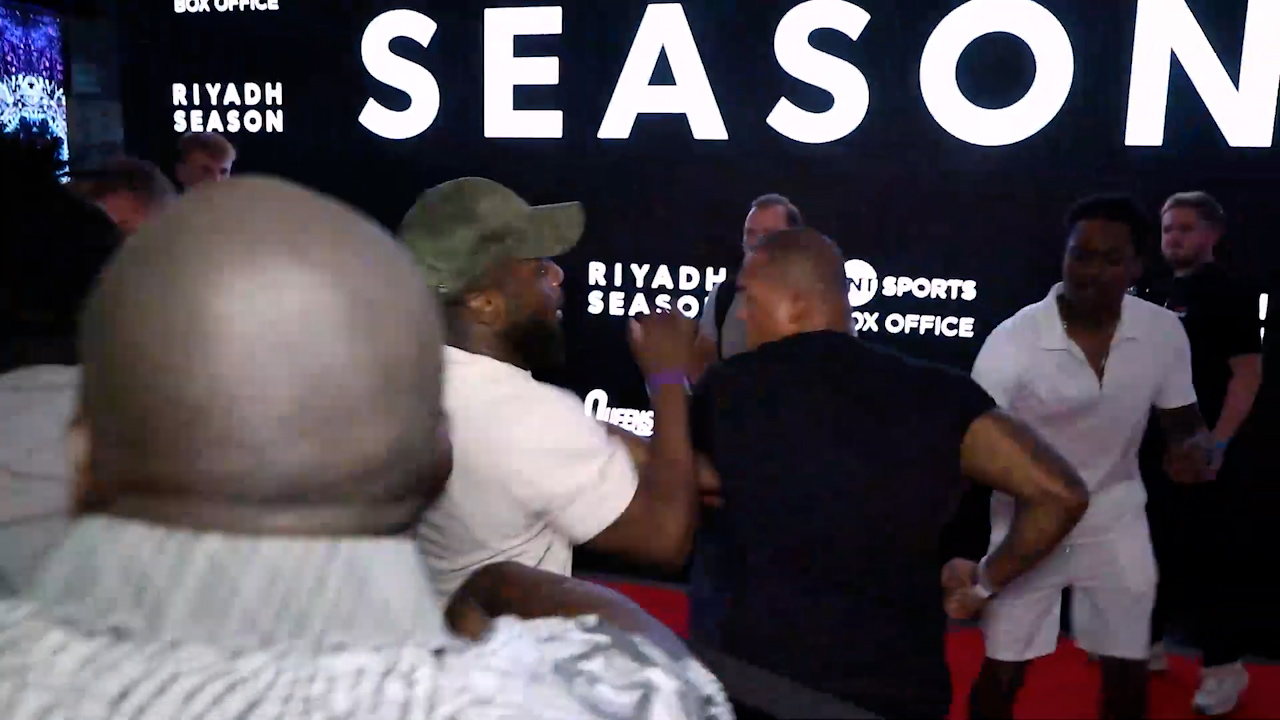

But the idea is that it’s quick (5 minutes or less), pre-planned, and done before kids have hit their frustration level.

You can choose between more upbeat brain breaks, like dancing and music, or calmer breaks, like yoga or meditation. So, please, please, please… pause that lesson and do one of these Spanish brain breaks below! What’s a brain break?Ī brain break is a short break that allows students to move, relax, reenergize, and refocus. Kids (and adults!) have a limited attention span which makes planning for breaks an essential part of any lesson. On the other days I hope to mix it up using these activities for novice or intermediate students, and some of the new brain breaks (to me) I have listed below.Did you know that after nine minutes of an online class most kids start to tune out? You can increase that number to somewhere between 10-30 minutes for in-person classes. I am going to stick with the particular days for brain breaks with música miércoles and baile viernes, for continuity sake, as I think I would have some upset students to loose these special days. I have even used being able to dance as a “reward” for completing an activity. When I see that a class needs a mental break or to get up and move, my go to has always been to put on a baile viernes song. I have actually used many of these activities as brain breaks in the middle of class for years, but without using the fancy lesson planning template. So how is this going to look in my classroom? Instead of starting class with my para empezar activities, they will become brain breaks! Music, dance, jokes, memes etc, all make for a perfect way to break up class. I guess that as a now fifth year teacher I am past the new teacher phase and have the management more under my belt (I like to call that student relationships), and can officially move into optimal environment for student learning. As a fresh teacher effective management leads to teacher sanity, which leads to the teacher returning the next day and year, which leads to the teacher finding better ways to provide optimal student learning. Am I saying that as a new teacher sometimes management has to come before optimal student learning? Yes. At the same time, as a new teacher it was the management tool that helped save my sanity teaching four separate preps.

It may sting a little, but I completely agree. Some of my most popular posts ever revolve around para empezar, which as someone recently posted on Twitter, is more of a management tool than a student learning tool. It does not start with “ para empezar” bell ringer. The biggest change that I need to wrap my head around is notice how class starts, input. Since I am currently not in the classroom on maternity leave, I can’t just try this method out tomorrow like I would usually do once I get a new idea (perks of being a #deptof1).

Input activity –> processing activity –> administrative activity (if needed) –> brain break –> input #2 –> interactive activity/formative PBA Here is how Wendy breaks down her class time using this lesson plan model: Wendy just shared how this method has been working for her so far this school year. Sara-Elizabeth shared a lesson plan template last school year that she and Amy Lenord developed with her digital Google docs plan book using this method. Basically it is a way to plan a lesson using research to get the most out of the prime student learning time. I have been very intrigued lately with all of the teachers using the primacy/recency method of lesson planning. Get your classes moving and have your Spanish students more engaged with brain breaks.


 0 kommentar(er)
0 kommentar(er)
